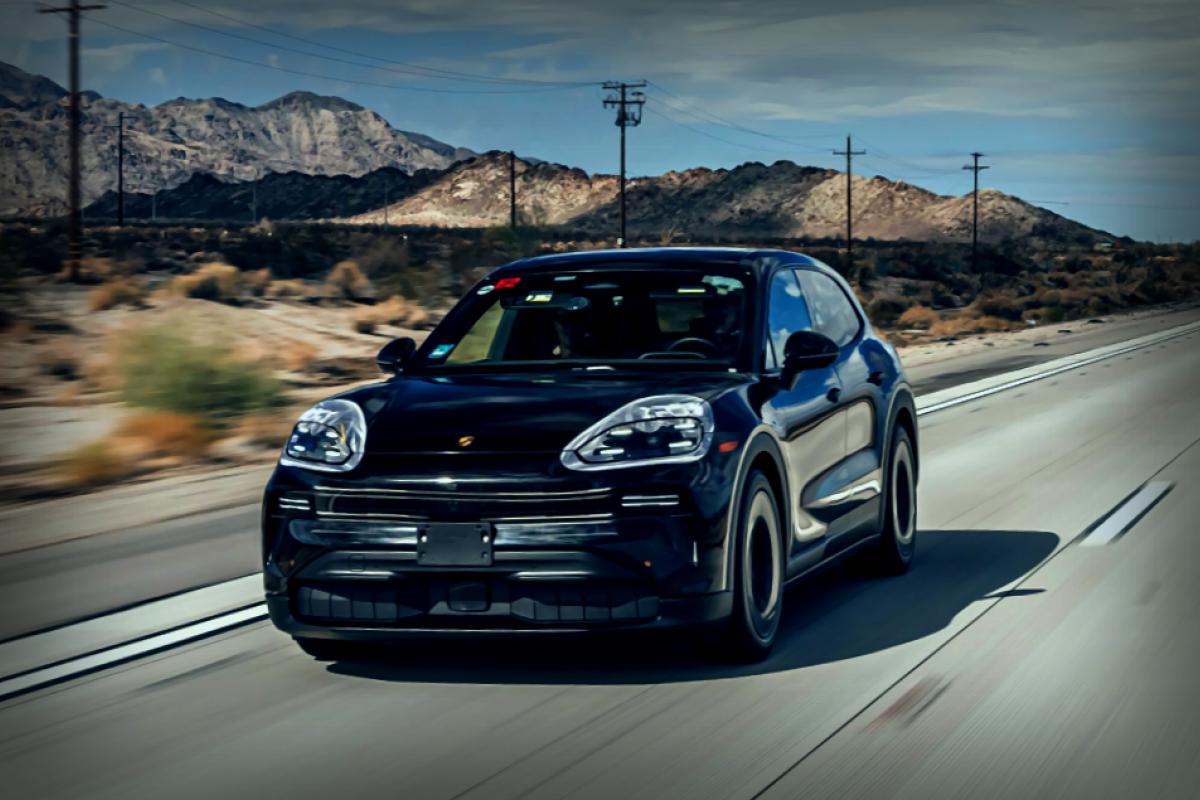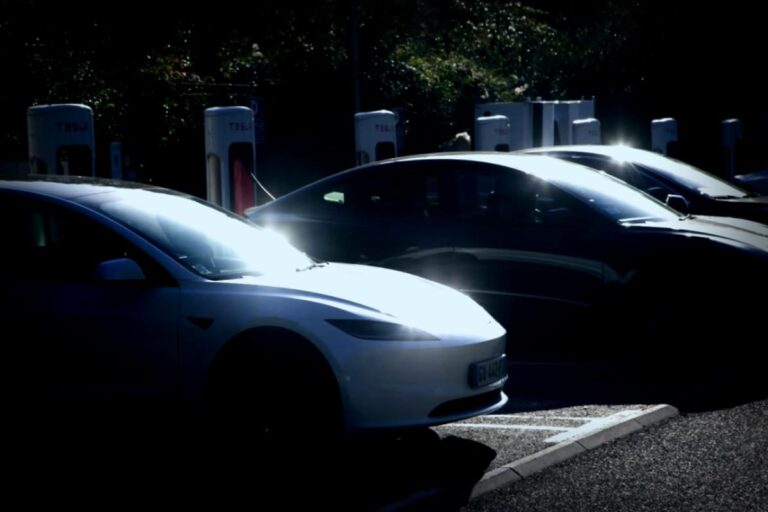Advancements in Cayenne Electric’s Battery Technology
The anticipation for the all-electric Porsche Cayenne is building, and it’s clear why—Porsche has a lot riding on the success of this electric SUV. While the luxury and tech details of the interior are getting attention, it’s the hidden high-voltage systems and battery innovations that are the real game changers.
Porsche is giving us a sneak peek at what to expect before the official launch. Besides the buzz about wireless battery charging, here are three key features that set the battery system of the Cayenne EV apart.
1. Function-Integrated Battery for Enhanced Handling
Fans of traditional Porsche handling will be pleased with this update. The brand-new high-voltage battery—boasting 113 kWh—seamlessly integrates into the SUV’s structure. This design not only minimizes weight but also optimizes space, enhancing overall rigidity and lowering the center of gravity. As a result, you’ll experience an agile and responsive driving experience.
While details on performance haven’t been confirmed yet, it’s expected that top models will deliver over 700 horsepower. Combined with sharp handling, the Cayenne Electric is shaping up to be a thrilling electric SUV, much like its sedan sibling, the Taycan.
2. Advanced Cooling for Maximum Efficiency

The cooling system of the battery makes a significant leap over previous EV designs, effectively eliminating common problems, such as:
- Vulnerability to shifts in ambient temperatures
- Reduced performance or slower charging
- Inconsistent driving range
Thanks to its dual cooling system, the Cayenne Electric’s battery remains within an optimal temperature range, no matter how you drive or what the weather is like. Porsche reports that the battery cooling capacity is comparable to running 100 large household fridges, utilizing energy-efficient fans that consume 15% less energy compared to standard fans.
Add to that a Predictive Thermal Management feature that constantly assesses temperature and energy flow for keeping the battery at the best possible temperature under any situation. In fact, several automotive journalists across the U.S. have even recorded a remarkable highway range exceeding 350 miles while cruising at 70 mph.
3. Fast Charging Capabilities for Convenience

Reaching peak charging speeds is only half the equation; being able to maintain that speed is vital for a good EV experience. Factors like temperature conditions and battery state can hinder a vehicle’s ability to charge quickly.
The Cayenne Electric can achieve charging speeds of up to 400 kW, allowing users to go from 10% to 80% battery in under 16 minutes. Impressively, it also can sustain this power level across a broader battery charge range compared to typical EVs. Even in cooler temperatures, its fast-charge curve can remain effective, making it friendly for those living in colder climates, as well.
Even at 400-volt charging stations, the system enjoys up to 200 kW of charging capacity facilitated by an innovative 800-volt architecture.
Conclusion
With determined enhancements over the battery technology in the Taycan, Porsche has elevated the Cayenne Electric, claiming it’ll be a hassle-free EV experience, particularly with the upcoming introduction of its wireless charging system.
The giddy excitement from the Macan EV showed that Porsche can develop an encouragingly fun electric crossover, hinting at great things for the Cayenne. However, be prepared for a price increase compared to the gasoline variant, though the exact figures are still under wraps.



















